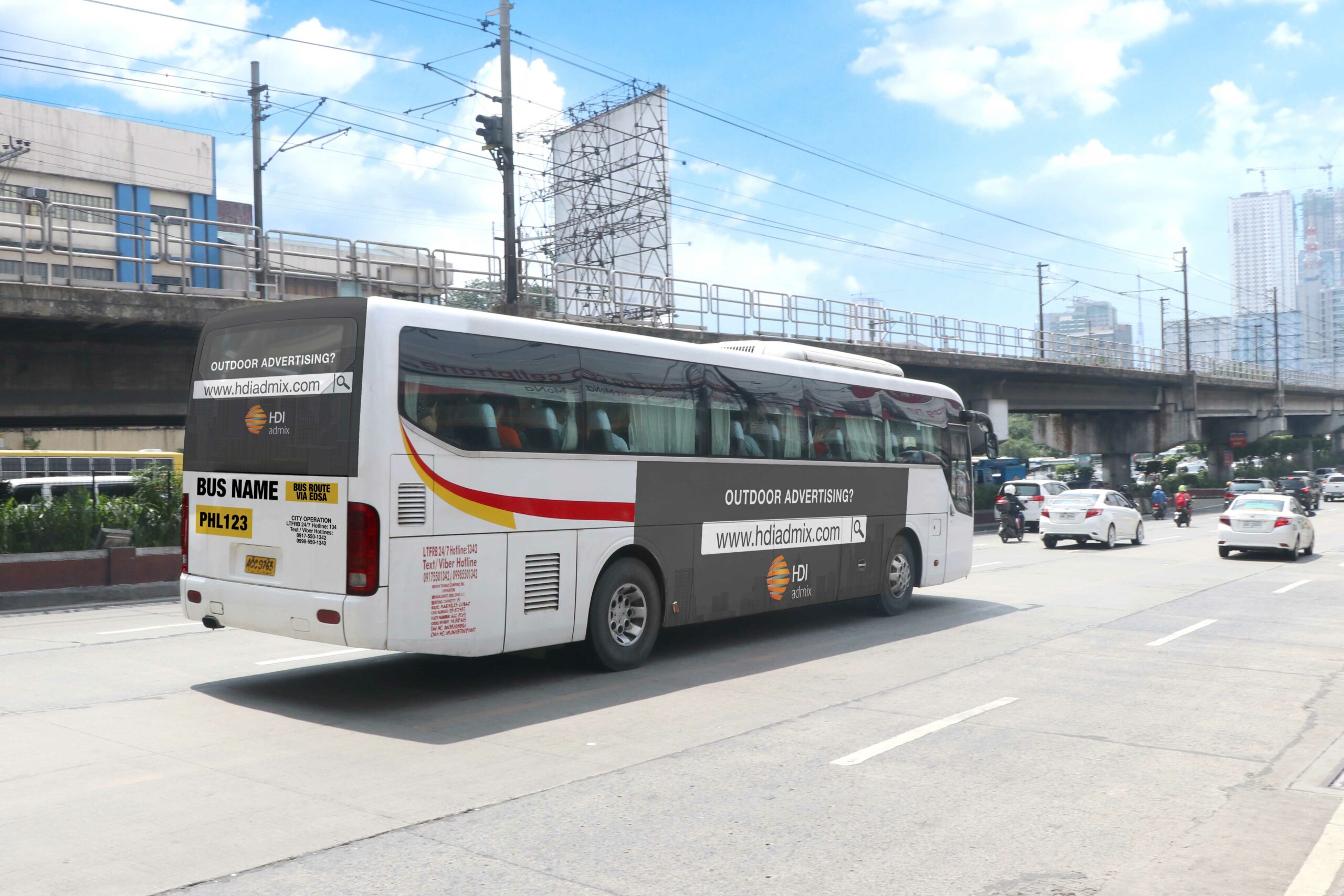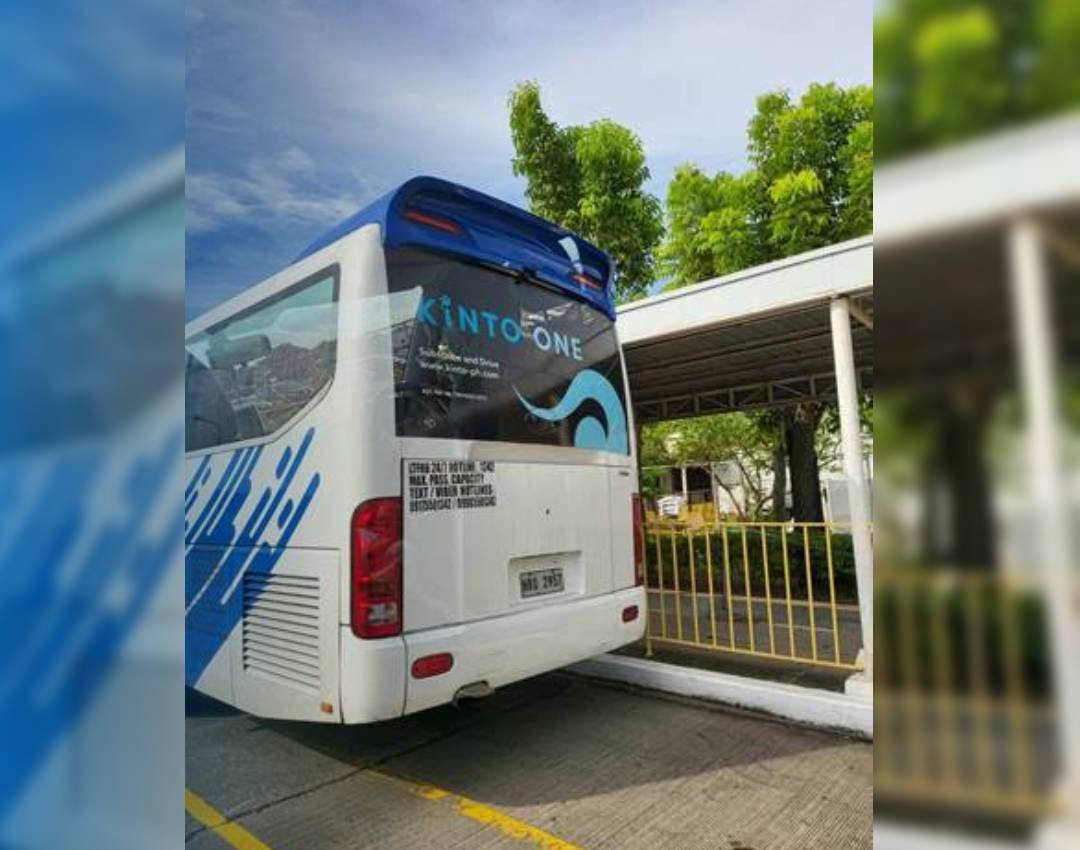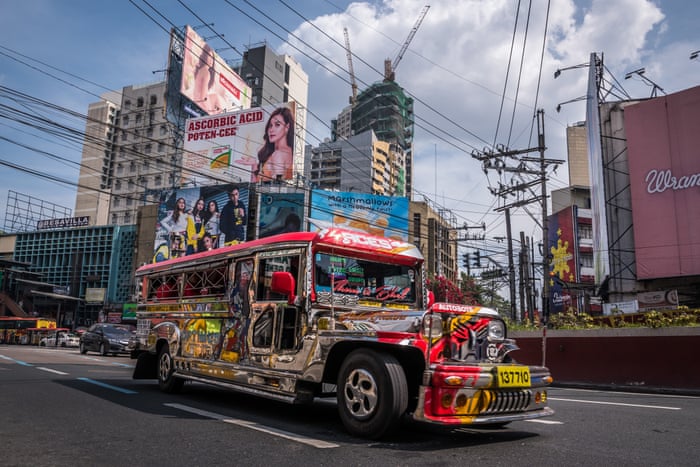Boost Your Organization with Transit Advertising Philippines
Boost Your Organization with Transit Advertising Philippines
Blog Article
Exactly How Transit Advertising And Marketing Can Change Public Transport Spaces Into Dynamic Advertising And Marketing Platforms
Transit advertising and marketing holds substantial potential to redefine mass transit spaces into vivid advertising and marketing platforms that inform and engage. By using ingenious formats such as electronic screens and interactive booths, brand names can not only get to a varied target market yet additionally enhance the total commuter experience. This technique creates an unique opportunity for brand names to connect with customers in a setting that is usually neglected. As we discover the diverse advantages and developing strategies of transportation advertising and marketing, it raises the concern of how this makeover could redefine our communications with both brand names and the city atmosphere.
Advantages of Transit Advertising

In addition, transportation advertising is very cost-efficient compared to standard media. It allows advertisers to accomplish high impacts at reduced prices, taking full advantage of return on investment. The restricted target market of commuters offers a possibility for brands to share their messages to individuals that are frequently responsive during their traveling times.
Furthermore, the vibrant nature of transportation advertising and marketing enables campaigns to be upgraded regularly, making sure that messaging remains appropriate and prompt. This adaptability can be critical in reacting to market trends or promotional events, keeping the brand name top-of-mind for consumers. Finally, the pervasive visibility of transportation marketing adds to brand name recall; duplicated exposure within acquainted travel contexts strengthens brand name understanding and promotes customer commitment, ultimately boosting and driving sales brand credibility.
Sorts Of Transportation Advertising And Marketing
Public transport systems give various formats for advertising, each catering to different advertising methods and target market involvement techniques. One famous type is exterior bus and train covers, which cover the entire vehicle and create a mobile billboard impact, permitting high exposure in urban settings. These covers can catch focus as they go across hectic roads, getting to a diverse audience.
An additional prominent style is indoor advertising, that includes posters, digital screens, and advertisements on transportation seats. These placements involve passengers throughout their journey, strengthening brand messaging in a restricted room. Digital displays, in certain, use the advantage of vibrant material, enabling marketers to update messages in real-time.
Terminal marketing is also considerable, including posters, banners, and interactive stands within transit stations. These ads utilize foot traffic and can target certain demographics based on place.
Finally, advertising partnerships with transportation authorities can result in unique projects, such as themed transportation experiences or events, improving the total engagement with travelers. Each kind of transit marketing provides distinctive advantages, permitting brand names to customize their technique to efficiently reach their target audience within the public transport ecological community.
Involving Travelers Efficiently
Travelers are increasingly swamped with advertising and marketing messages throughout their day-to-day trips, making it important for brands to engage them in innovative ways. To record focus in this congested area, advertisers have to prioritize imagination and importance. Utilizing eye-catching visuals and concise messaging can substantially enhance the chance of interaction.
Interactive elements, such as QR codes or augmented truth functions, can also change static ads into immersive experiences, fostering a deeper link with the target market. Brands ought to concentrate on resolving travelers' demands and rate of interests, tailoring messages to reverberate with their lifestyle, whether via promos for regional companies or services created to enhance their commuting experience.
Additionally, timing plays a critical role; purposefully positioning advertisements during height commuting hours can maximize presence and effect. Engaging commuters properly likewise entails leveraging social media sites combination, allowing travelers to share their experiences or promos straight from transit systems, thus intensifying brand name reach.
Basically, reliable involvement pivots on recognizing the traveler journey and creating engaging, interactive, and relevant advertising experiences that not just capture interest but also drive action and read loyalty. By doing so, brand names can change public transportation into a vibrant advertising system that reverberates with its target market.

Measuring Marketing Effect
How can brand names precisely evaluate the effectiveness of their advertising projects in transit settings? Determining the impact of transportation marketing requires a diverse technique that integrates quantitative and qualitative metrics. One prevalent approach is tracking engagement with mobile analytics, where brands can examine foot traffic patterns and app communications before, during, and after campaigns.
Studies can offer valuable insights into brand name recall and consumer sentiment, permitting brand names to assess exactly how well click to read their messages resonate with travelers. Additionally, keeping track of social networks involvement pertaining to certain projects can reveal shifts in public perception and brand name discussion.

In addition, working together with transit companies can improve dimension precision, as they usually possess thorough demographic information on ridership patterns. By integrating these approaches, brand names can create a detailed understanding of their marketing efficiency, making sure that their campaigns not just get to yet likewise influence their target audiences effectively.
Future Patterns in Transportation Advertising And Marketing
A significant change is expected en route advertising and marketing as technological developments and changing consumer actions reshape the landscape. Transit Advertising Philippines. The assimilation of interactive media and digital screens is expected to enhance involvement, permitting brands to deliver vibrant material that reverberates with varied audiences. As public transport systems accept smart innovation, advertisers will take advantage of real-time data analytics to customize messages based on traveler demographics and behaviors
Furthermore, augmented fact (AR) is poised to change the means travelers connect with ads. By offering immersive experiences, AR can transform a mundane trip into an engaging story that records interest and promotes brand name commitment. This advancement will likely motivate marketers to develop more experiential projects that drive consumer communication.
Sustainability is another crucial pattern influencing transportation advertising and marketing. As environmental consciousness expands, brands will progressively seek to align with environment-friendly methods, using lasting products and advertising eco-friendly efforts within their projects.
Final Thought
Finally, transit marketing provides significant advantages by improving brand presence and engaging a restricted target market. With various styles, such as outside covers and electronic screens, it changes public transport right into a vivid advertising and marketing platform. Effective involvement methods and robust dimension methods further magnify its influence. As fads our website advance, the potential for innovative interactions in between commuters and brand names is poised to grow, ensuring that transportation advertising and marketing stays an essential element of modern-day advertising techniques.
Transit advertising holds considerable possibility to redefine public transportation areas into vibrant marketing systems that notify and involve. The prevalent presence of transit marketing contributes to brand name recall; repeated exposure within familiar traveling contexts enhances brand recognition and cultivates customer loyalty, ultimately enhancing and driving sales brand reputation.
How can brands accurately evaluate the efficiency of their advertising and marketing campaigns in transit environments?In conclusion, transit advertising uses considerable benefits by improving brand visibility and engaging a restricted audience. Transit Advertising Philippines. As fads evolve, the capacity for ingenious communications between travelers and brands is poised to expand, guaranteeing that transit advertising and marketing remains an important part of modern-day advertising methods
Report this page